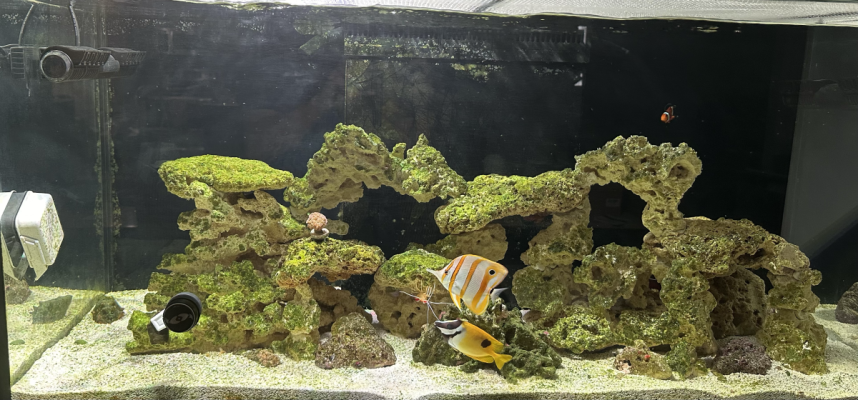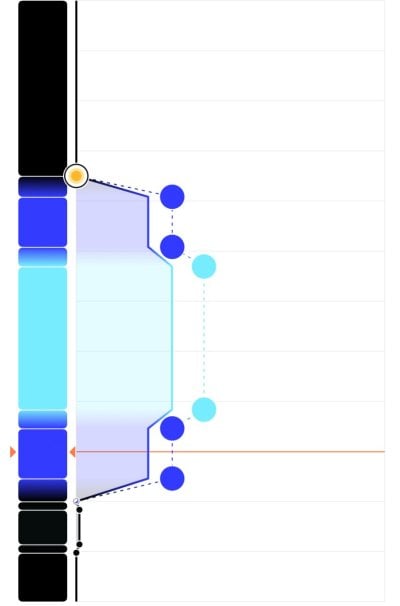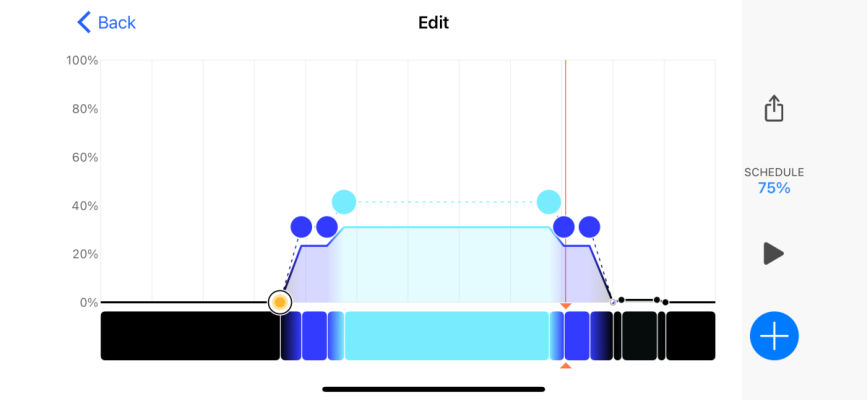I HATE blue lights for reef tanks so I want to keep my reef at 6500k lighting because it mimics the color of daylight and is more true to actual coral reefs but I don't know if it'll hurt the coral. Most pro reefers use bluer light for some reason so that's why Im asking this question.
I'm planning on keeping mostly LPS like euphyllias and SPS like birds nests. I have a radion g6 pro.

I'm planning on keeping mostly LPS like euphyllias and SPS like birds nests. I have a radion g6 pro.
























